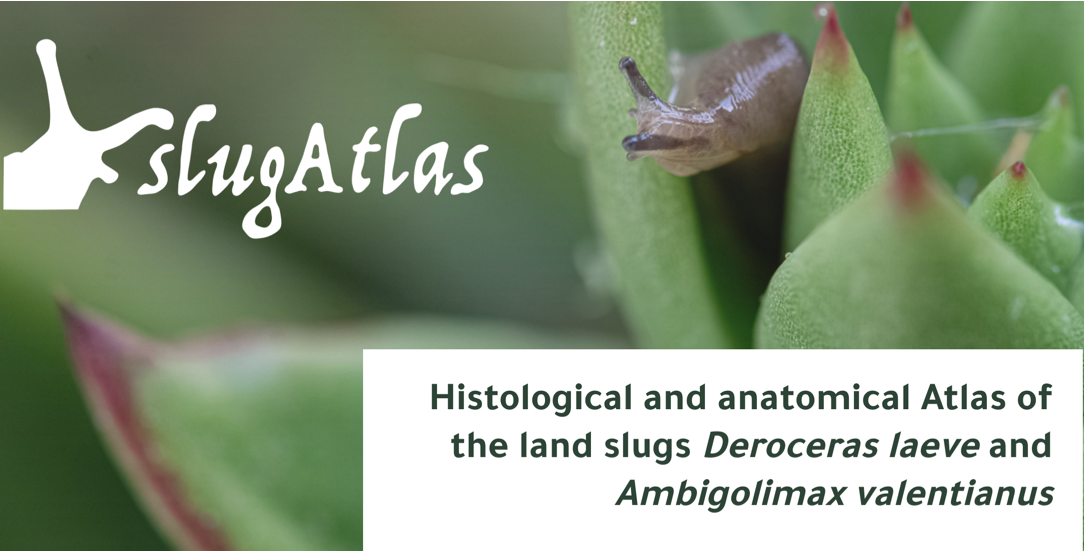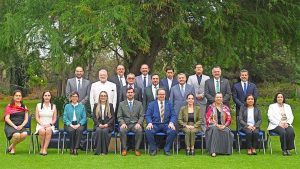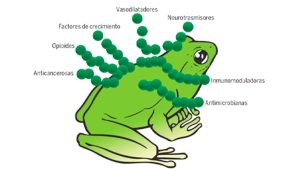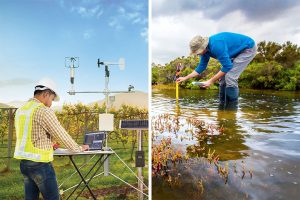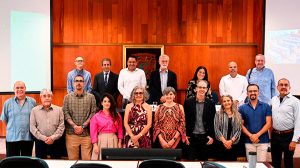Slug Atlas: A Scientific Revolution
A UNAM research team, led by Alfredo Varela Echavarría from the Institute of Neurobiology, has developed Slug Atlas—an innovative online platform with an unprecedented anatomical and histological database of the garden slug (Deroceras laeve).
Hosted by the National Laboratory for Advanced Scientific Visualization, Slug Atlas provides open-access, meticulously curated data for researchers and academics worldwide. By integrating cutting-edge imaging and molecular techniques, the platform advances studies ranging from developmental biology to regenerative medicine.
This initiative pushes scientific boundaries not only in mollusk regeneration but also in broader regenerative medicine applications. With its widespread distribution and unique biological traits, the garden slug is an ideal model for studying tissue regeneration and its potential therapeutic implications.
“Slug Atlas is a pioneering effort in regeneration research, particularly among terrestrial gastropods such as slugs and snails, which possess remarkable abilities to regenerate body parts,” said Varela Echavarría. “Yet, much remains to be discovered about their cellular and molecular mechanisms.”
The UNAM team collaborated with international researchers and students from Mexico, Colombia, and Peru, employing advanced tools—including evolutionary biology, electron microscopy, genomics, and fluorescence imaging—to analyze Deroceras laeve’s regenerative capacity.
Regeneration is a remarkable biological phenomenon that allows certain animals, like slugs, to restore lost or damaged body parts, recovering both form and function. While some vertebrates, such as amphibians and reptiles, also exhibit regenerative abilities, in humans, this capacity remains largely limited to specific tissues and organs.
The Slug Atlas platform is freely accessible at https://slugatlas.lavis.unam.mx.
